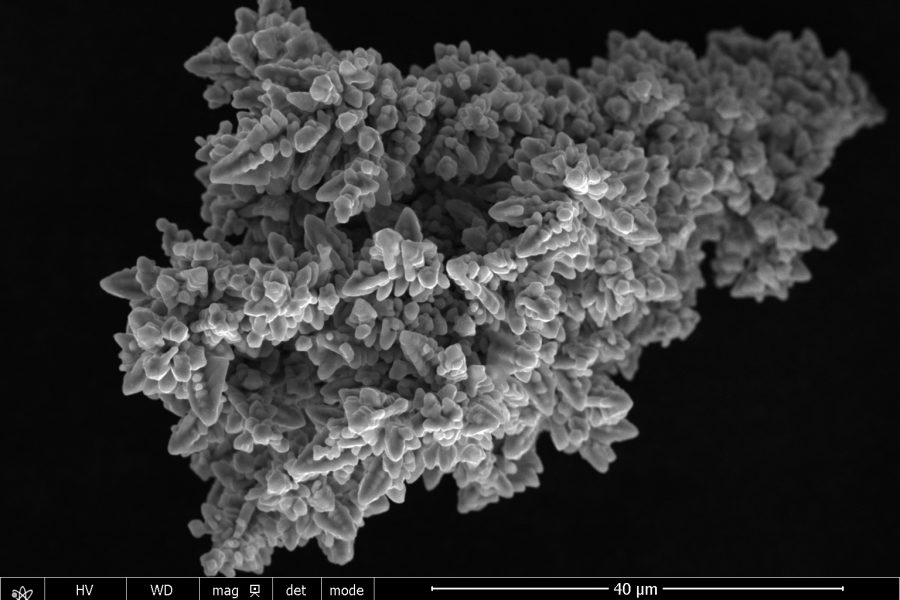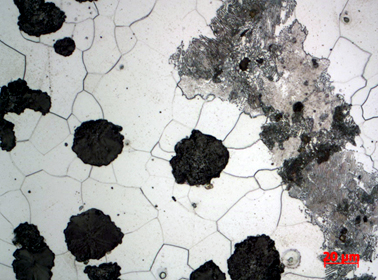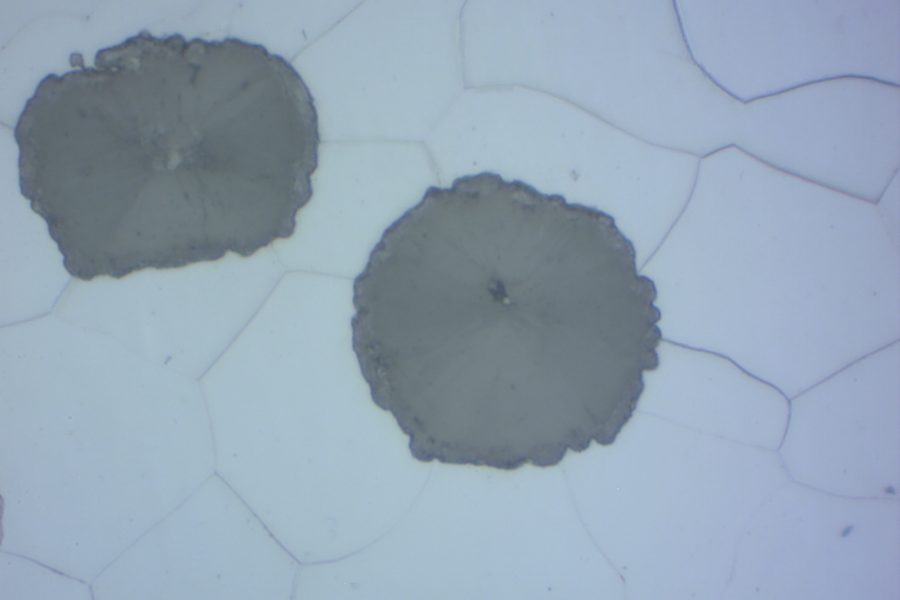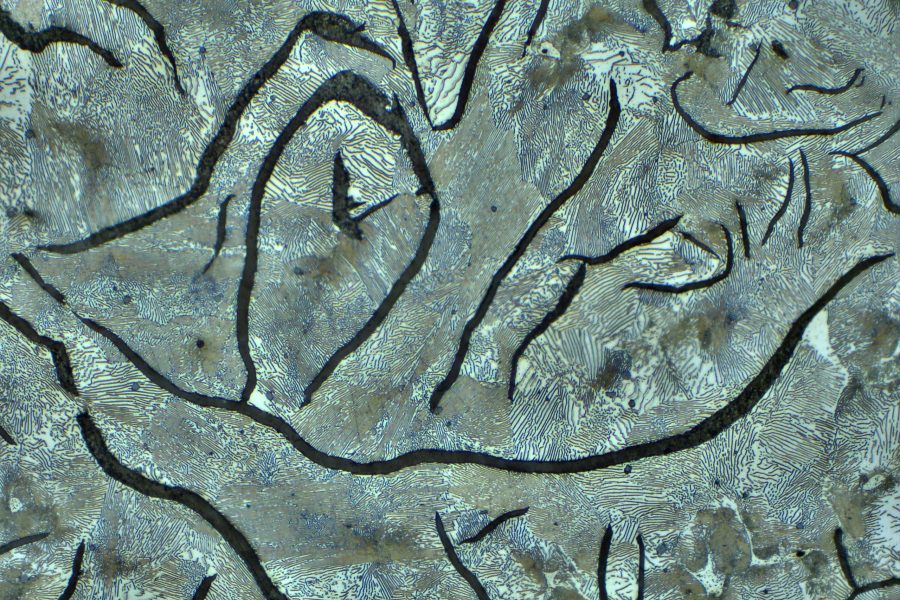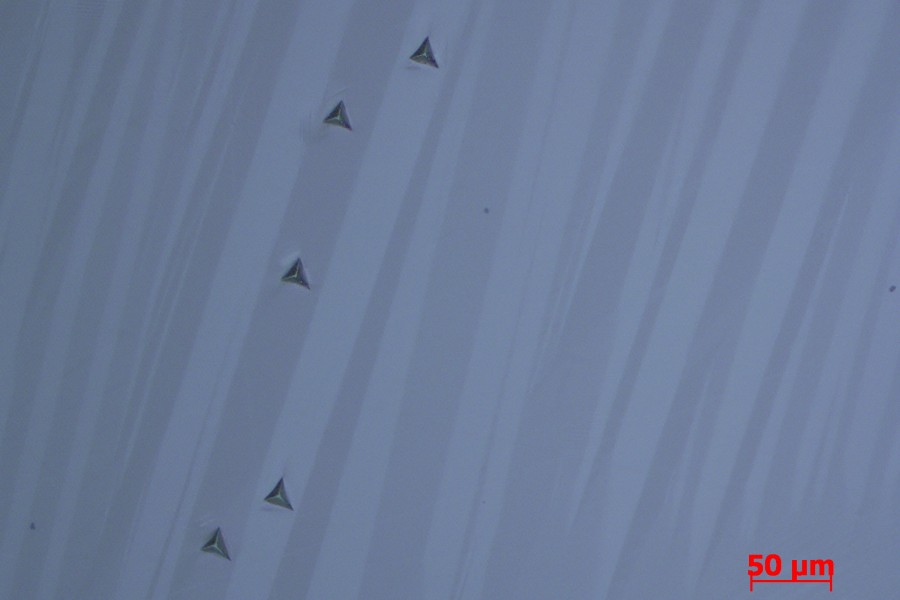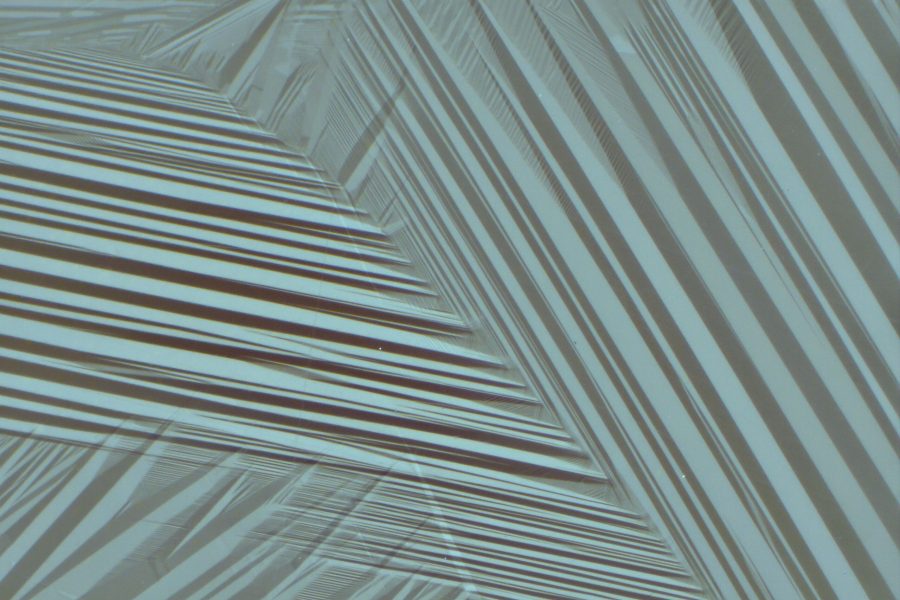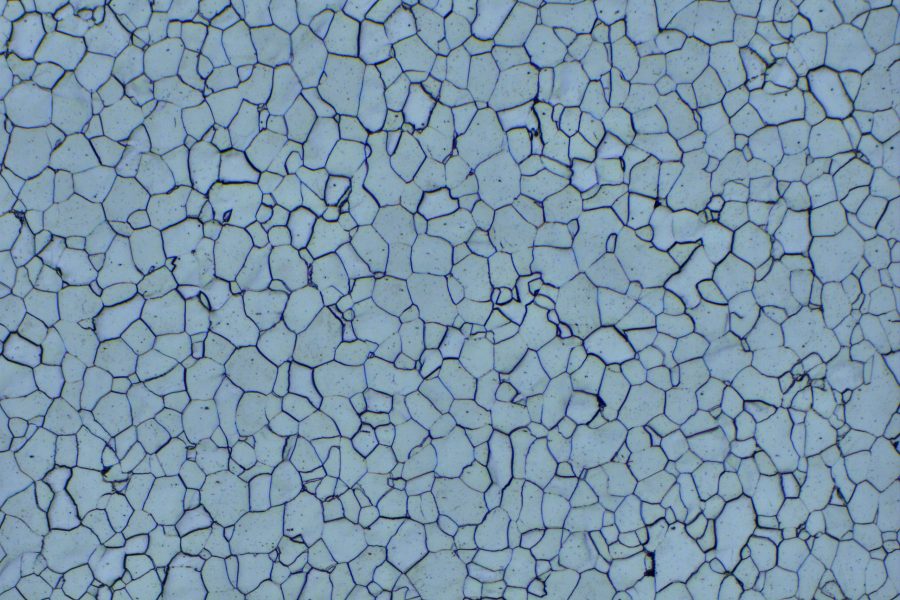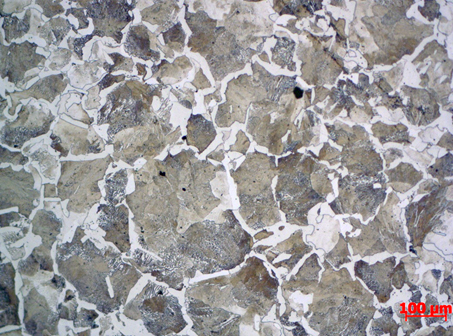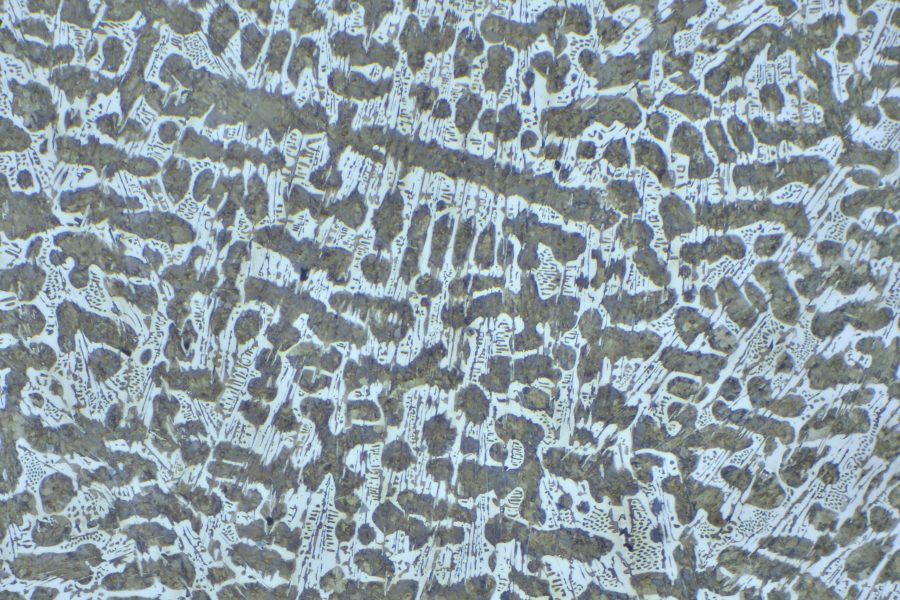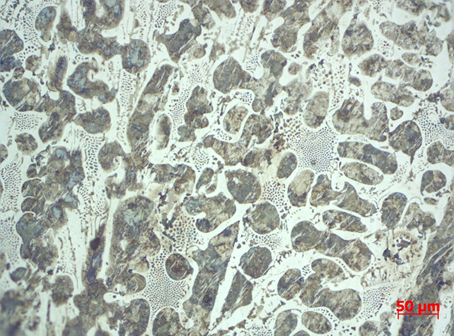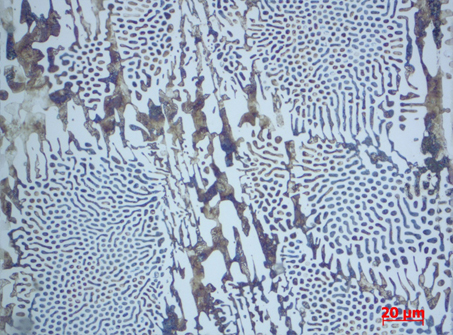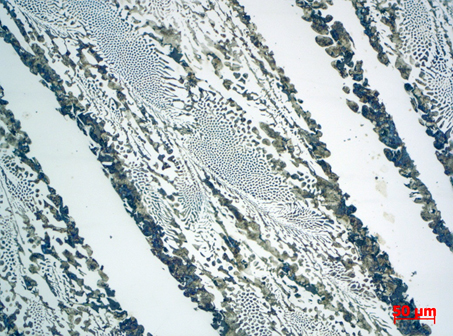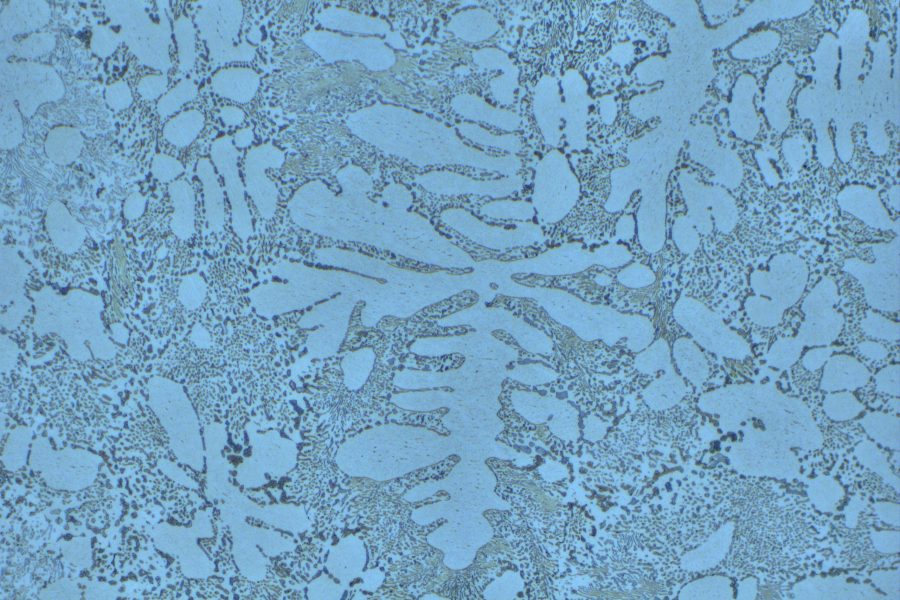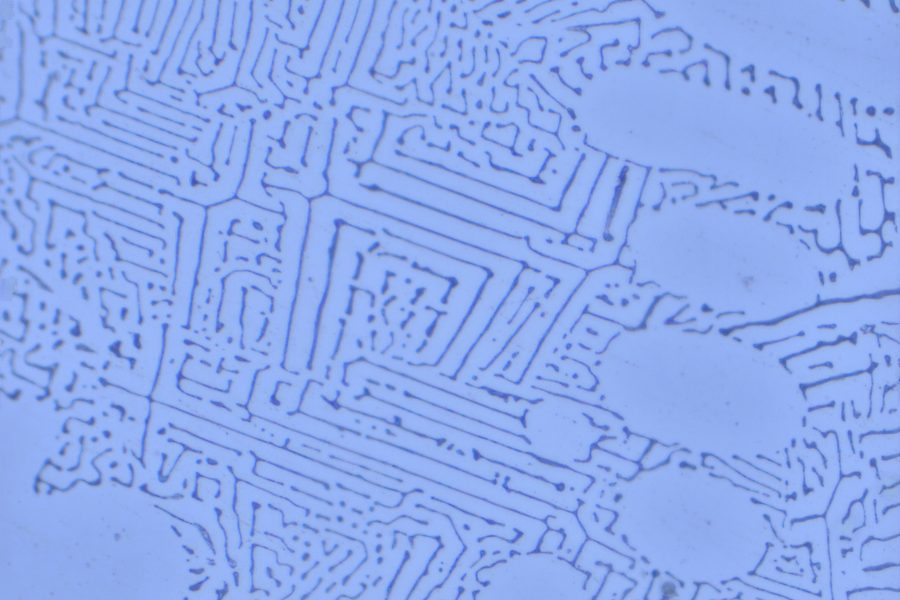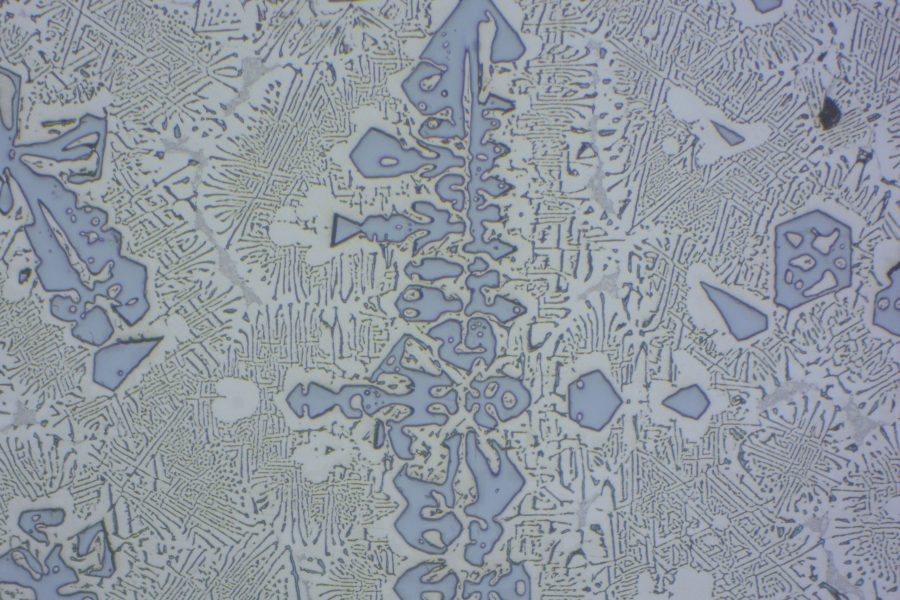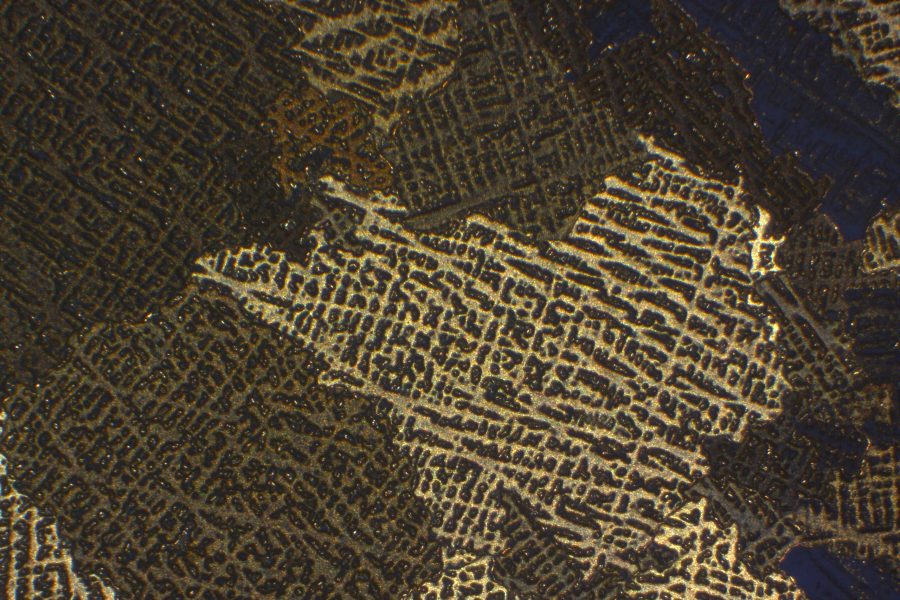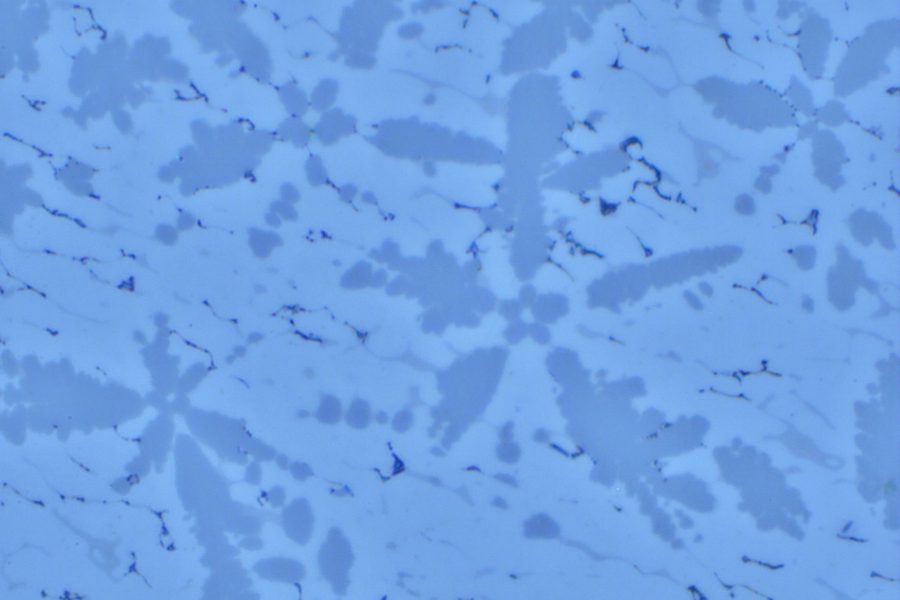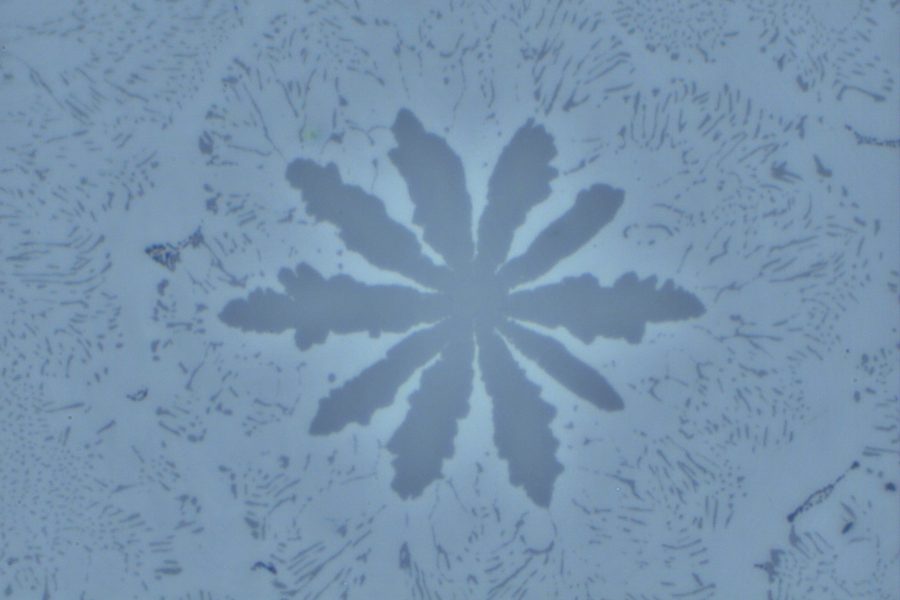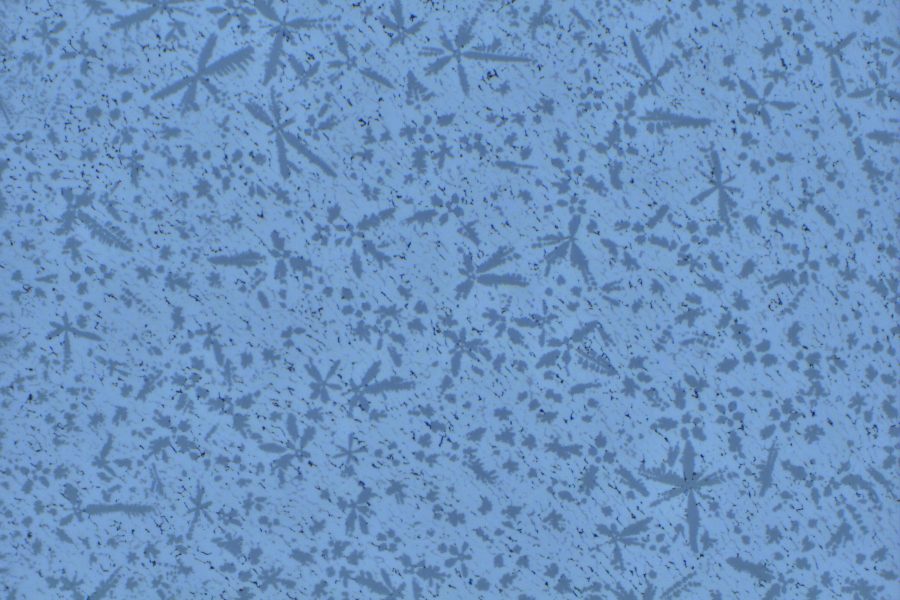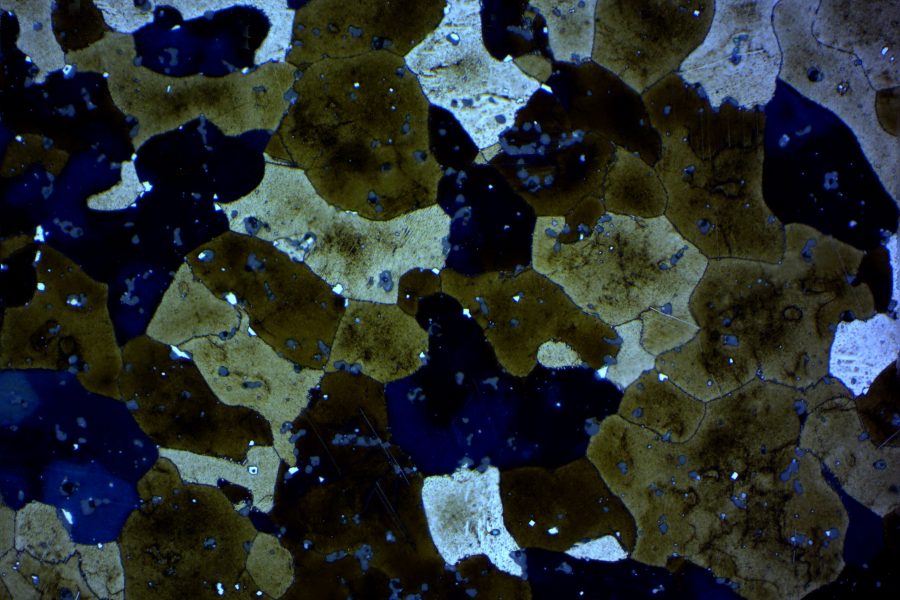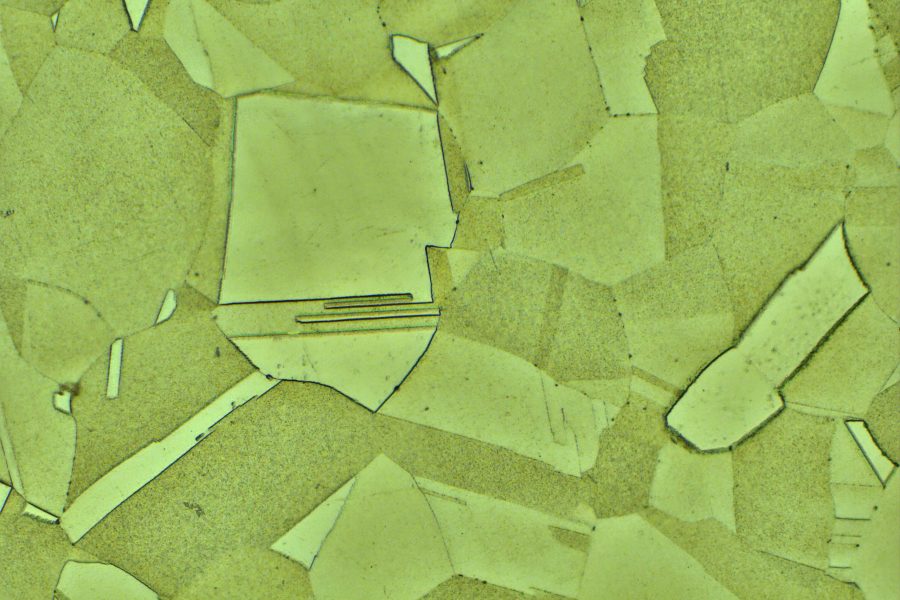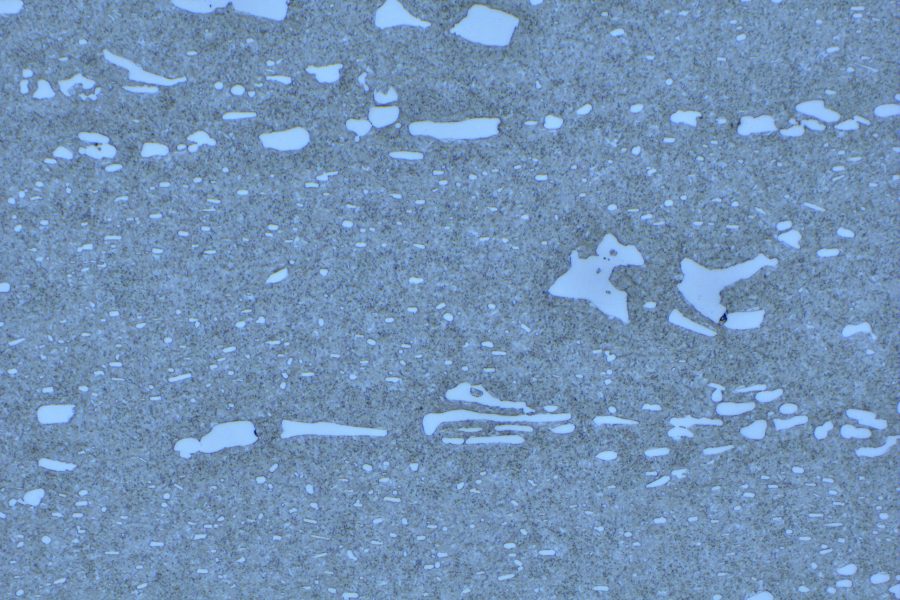Chair of Metallography
HEAD OF CHAIR
prof. Boštjan Markoli, DrSc
Tel: +386 1 4704 614
e-mail: bostjan.markoli@ntf.uni-lj.si
CHAIR ASSOCIATES
assoc. prof. Iztok Naglič, DrSc
Tel: +386 1 4704 631
e-mail: iztok.naglic@ntf.uni-lj.si
assist. Adam Zaky, M. Eng. in Metallurgy and Materials
Tel: + 386 1 4704 534
e-mail: adam.zaky@ntf.uni-lj.si
tech. assist. Matej Zupančič, B. Eng. in Materials Engineering
e-mail: matej.zupancic@ntf.uni-lj.si
Description of pedagogical and scientific research
Pedagogical work+
The Chair of Metallography is responsible for teaching courses in the field of physical metallurgy and materials science for the Bachelor’s degree programmes in Metallurgical Technologies and Materials Engineering, the Master’s degree programme in Materials and Metallurgy and the doctoral programme Materials Science and Engineering. The staff of the Chair are involved in both basic research and industrial development projects at home and abroad.

Scientific research+
The Chair of Metallography is designed to combine teaching and research work and has equipment for the synthesis and heat treatment of small quantities of predominantly metallic materials. In addition to synthesis, the equipment also enables the preparation of samples for characterization by X-ray diffraction and various methods of microscopy such as light, scanning electron and transmission electron microscopy. The Chair of Metallography has equipment for measuring hardness and microhardness, light microscopy and scanning electron microscopy.
Chair classrooms and laboratories
Equipment for materials synthesis
Chamber furnace+
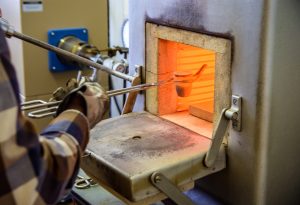
Maximal working temperature: 1100 °C. Several graphite crucibles of varying dimensions are available for the purpose of melting.
Chamber furnace - EUP-K 20/1200 (BOSIO)+
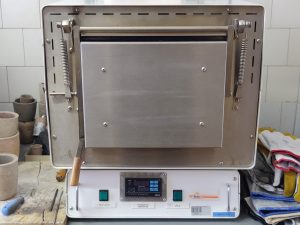
Maximal working temperature: 1200 °C. Several graphite crucibles of varying dimensions are available for the purpose of melting.
Vacuum arc melting system - SP-MSM208 (MTI)+
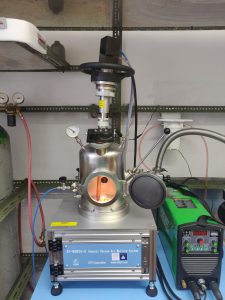
Capable of melting a wide range of metals/alloys whose melting temperature exceeds that of Tungsten (over 3000 °C). Maximal capacity ∼ 10 g. Operation can be performed at very low over pressure, high vacuum or under a protective Argon atmosphere. The system is equipped with vacuum suction module with several copper moulds, enabling suction casting of rods with a diameter of 4 and 6 mm.
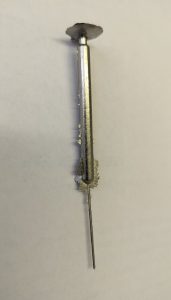
Tube furnace - GSL-1700X (MTI)+
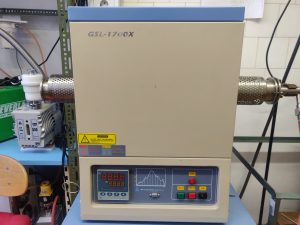
Maximal working temperature – 1600 °C. Maximal working temperature under vacuum – 1500 °C. Inner tube diameter – 51 mm. Length of zone with constant temperature – 75 mm. Possible to operate in vacuum or in a protective Argon atmosphere.
Induction melting system with vacuum and protective atmosphere option (VEVOR)+
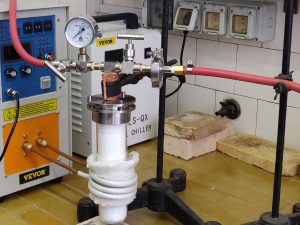
Maximal working temperature ∼ 1900 °C. Maximal weight of material to be melt ∼ 100 g. Operation possible in vacuum or in a protective Argon atmosphere.
Electric furnace - 3 kg (VEVOR)+
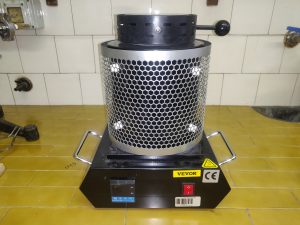
Maximal working temperature: 1150 °C. Crucible volume: ∼ 0,29 L, of which is usable: ∼ 0,15 L. Examples of suitable charge weights: Al (420 g), Cu (1,4 kg).
Equipment for heat treatment
Low temperature vacuum furnace - DZ-6050 (GZ FAN BO LUN)+
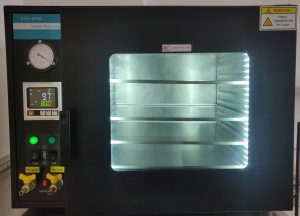
Operation is possible under vacuum or using protective Argon atmosphere. Maximal working temperature: 250 °C. Temperature stability: ± 1°C. Maximal attainable vacuum: – 0,098 MPa. Chamber inner dimensions: 410 x 400 x 340 mm (L x W x H). Chamber volume: 55L. Optional 4 removable shelves. Heating elements on all sides of the inner walls (5 heating zones)
Metallographic equipment
Band saw - CY135VP-6+
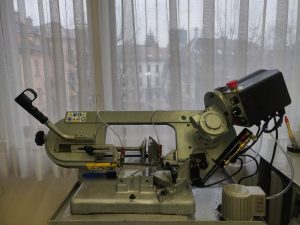
The saw can process work pieces measuring 150 x 180 mm (rectangular) or ∅150 mm (round). Adjustable cut angle. Maximal weight of work piece: 98 kg.
Low speed saw - IsoMet (BUEHLER)+
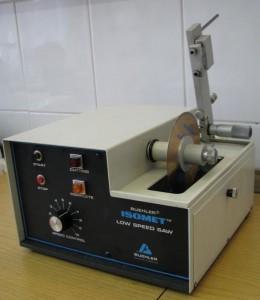
The saw enables precise cutting/sectioning of small work pieces of widths up to 38 mm. Cutting/sectioning width can be adjusted using the screw micrometer. Several saw blades available (diamond edge sintered, fully sintered, Al2O3 blades. With varying diameters – 100 and 127 mm).
Hot mounting press - METPRESS-5A (KASON)+
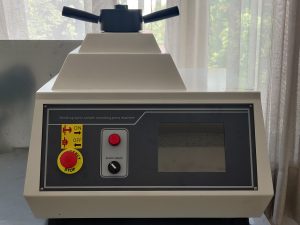
Hot mounting can be performed using several dies – ∅25 mm, ∅30 mm, ∅40 mm in ∅50 mm. Adjustable working temperature – from 35 °C to 200 °C. Adjustable curing time – from 1 to 99 minutes. Water cooling with adjustable cooling duration – up to 60 minutes.
Grinding and polishing machine - MiniMet 1000 (BUEHLER)+
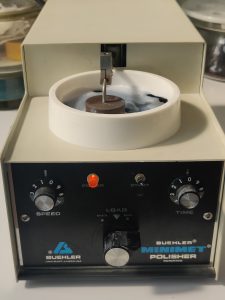
The machine enables semi-automatic grinding and polishing of metallographic samples. The available holders are single – enabling the preparation of only one sample at a time. The sample has to be mounted beforehand in a die of ∅25, ∅30, ∅40 or ∅50 mm. The speed and force can be adjusted.
Grinding and polishing machine - UNIPOL-810 (MTI)+
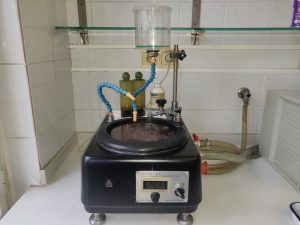
The machine enables semi-automatic grinding and polishing of samples. Sample holder can hold 3 samples at a time – enabling simultaneous preparation of 3 samples at once. Samples have to be mounted beforehand in a die of ∅25 mm. Rotational speed is adjustable – up to 600 rotations per minute. Force can be adjusted using several weights.
Machine for polishing of metallographic samples using vibrations - Vibromet (BUEHLER)+
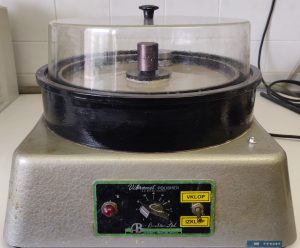
The machine enables polishing of samples using vibrations. This method enables preparation of samples with a highly polished surface without deformation. Samples prepared this way are suitable for analysis using techniques that require a high degree of finish – EBSD (electron backscattered diffraction) and TEM (transmission electron microscopy).
Disk grinder - Model 623 (GATAN)+
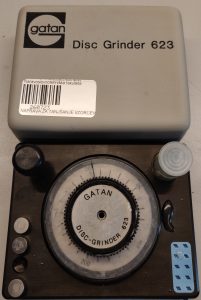
This tool enables precise thinning of samples down to a thickness of 120 – 70 µm. Afterwards samples are ready for final preparation steps for TEM (transmission electron microscopy).
Precision ion beam polishing system - Model 691 (GATAN)+
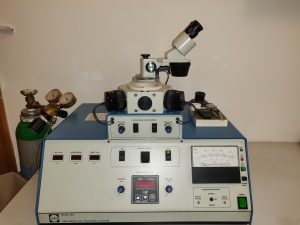
Ion beam thinning of samples for TEM (transmission electron microscopy). Sample dimensions: ∅3 mm. Samples have to be prepared beforehand – cut/sectioned to a thickness of ∼ 500 µm, mechanically thinned down to 120 – 70 µm and dimpled to 10 – 30 µm. During ion beam thinning two ion guns bombard the sample with Argon ions to create areas of 10 – 100 nm thickness. These areas enable electrons to pass threw them at high accelerating voltages (over 200 keV). Prepared samples are suitable for TEM microscopy (transmission electron microscopy).
Microscopy equipment
Digital macroscope - W10 (VEVOR)+
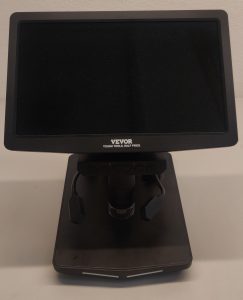
Enables the observation of samples at a magnification of 5x to ∼ 20x (higher magnification can be obtained if the sample is ∅<2.7 mm. Images can be taken using the machine itself or using a computer with accompanying software.
Optical microscope - Axio Imager.A1m (ZEISS)+
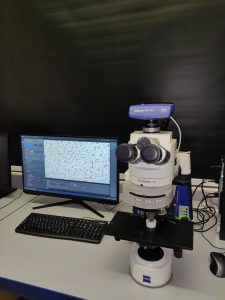
Digital camera Axiocam 208 Color. Zen software. Lens system: objectives – 5x, 10x, 25x, 50x, 100x, eyepiece – 10x. Enables the observation of samples in bright-field and dark-field BF/DF, using polarized light and using differential interference contrast DIC.
Scanning electron microscope - FEG SEM JSM-7600F (JEOL)+
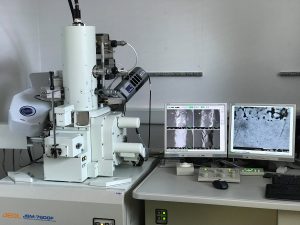
FEG SEM equipped with SEI and LEI secondary electron detectors, RBEI and RIBE backscattered detectors. Microscope is equipped with EDS, WDS and EBSD detectors.
Hardness testing equipment
Rockwell hardness tester - Macromet (BUEHLER)+
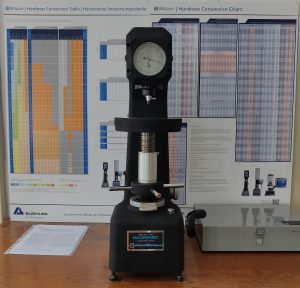
Measurements can be performed using several scales: 150 kg (HRC), 100 kg (HRB) and 60 kg (HRA). Maximal height of work piece: 130 mm. Maximal length of work piece: 280 mm.
Vickers hardness tester - HTMV-1000AD (KASON)+
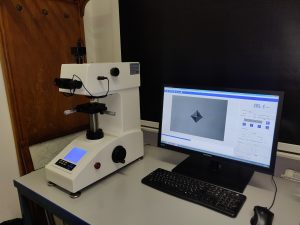
Measurements can be performed using several weights/forces – 10 g, 25 g, 50 g, 100 g, 200 g, 300 g, 500 g and 1000 g. Measurement range: from 5 to 3000 HV. Dimension of the table: 100 x 100 mm. Maximal height of work piece: 110 mm. Diagonals can be measured directly on the machine itself using the eyepiece or using the computer with accompanying software.
Collection of interesting microstructures 😀






















